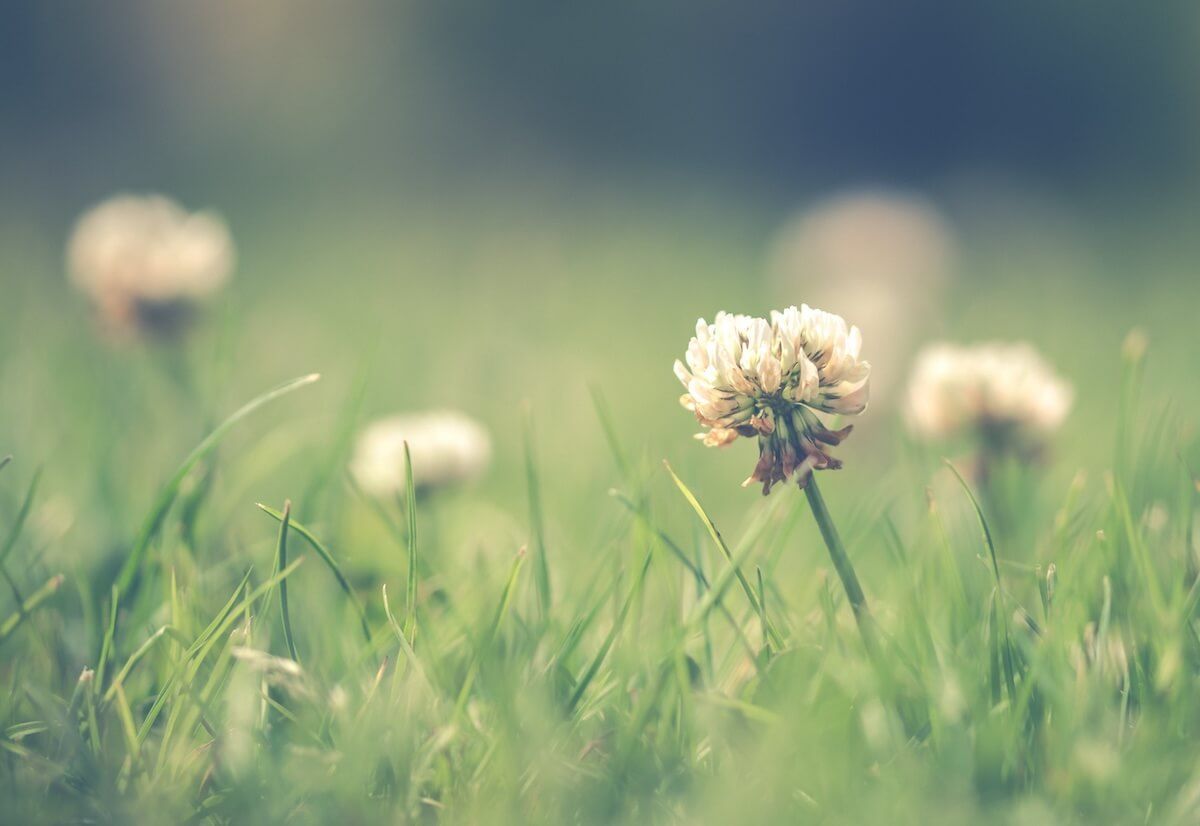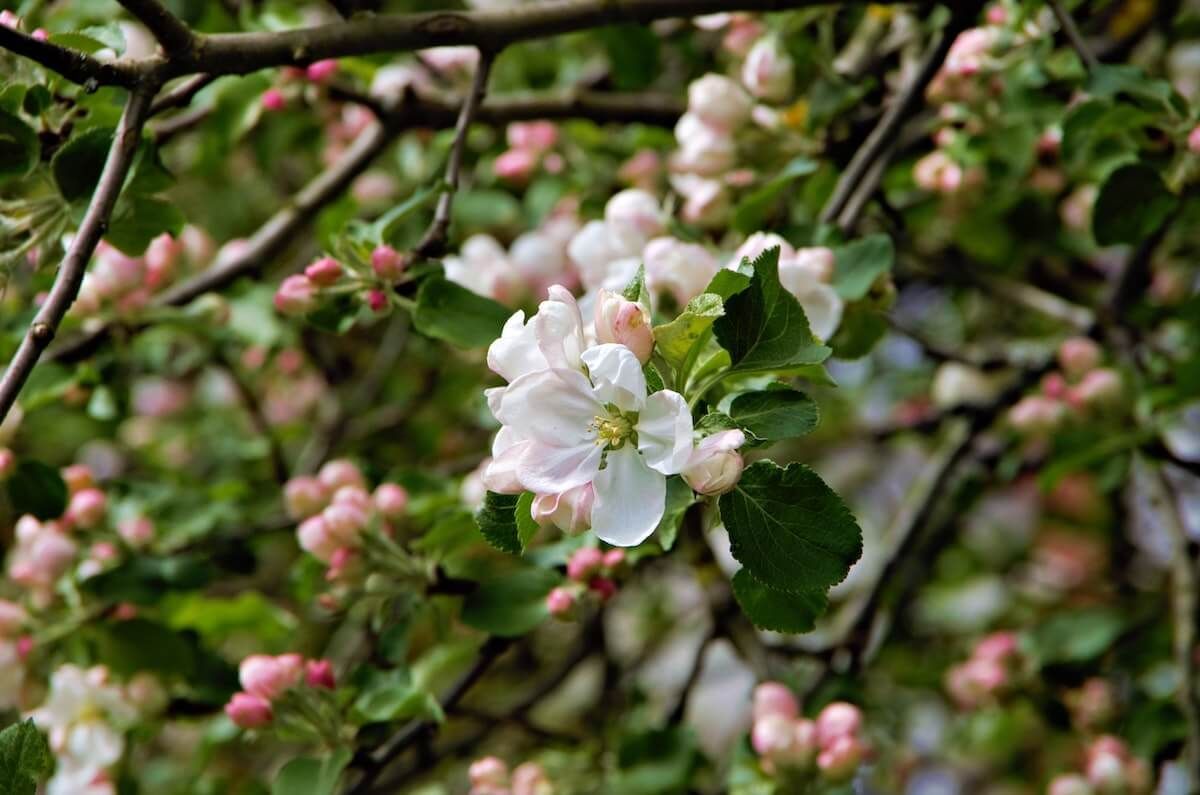How to Control Weeds on Your Lawn

Probably the most common and frustrating part we all have when maintaining a lawn is the weeds. Weeds don’t have to be such a headache if treated properly.
We can even keep our neighbors' dandelion seeds from creating weeds in our lawn if it’s properly treated.
We previously touched on weed control in the fertilizers section of this site. Most weeds can be treated with chemicals for prevention, but there are times that chemicals are either too expensive or not practical because of children and pets. The following is a breakdown of all the common lawn weeds and how they are best controlled.
Weed Control Categories
Chickweed, Mouse-Ear
This creeping perennial forms a dense mat-like growth. It contains tiny wildflowers that appear from April into October.
It prefers moist soil and cool conditions. Chickweed grows in most areas of the United States except along the Mexican border or in North Dakota.
These weeds are difficult to pull and will come back if the entire root is not taken with the plant. The best control is the application of a post-emergent herbicide. Use a weed killer to eliminate any chickweed that is already present in your lawn.
Crabgrass
This annual is found all across the country, except in the Southwest and southern Florida. Crabgrass blooms July through October, although blooms are rarely seen in cut grass.
Crabgrass will not grow well in the shade. It thrives on moisture and the sun. The seeds from crabgrass mature in late summer and early fall, self-planting their own seeds for germination the following season.
If you follow a good lawn maintenance schedule, you can literally choke out crabgrass. In the spring, mow your lawn high to shade the seeds and prevent germination. Also, apply a pre-emergent control in the early spring for further control.
Dandelion
Dandelions are found across the United States, except in a few areas of the Deep South. These plants produce coarse-toothed leaves and yellow blooms.
When the blooms fade, round white seed heads that spread in the wind to create more dandelions follow them. They thrive in areas from March until frost.
When removing a dandelion, you must remove the entire root. If even a small section is left in the ground it will rejuvenate and produce a larger stronger dandelion.
These weeds may be removed with a special tool or a spot treatment of weed killer. For better control, use a post-emergent herbicide in the fall.
Curly Dock
This perennial has a 1 ½ to 2-foot tap root. It produces one or more tall stems with whitish flowers that appear from June into September. It is found in all areas of the United States.
If your yard is infested with these weeds, you may spray each plant crown with a weed killer. If the infestation is small, it’s best to dig it out, taking care to remove the entire taproot. For best results, use a post-emergent herbicide.
Lambs-Quarters
This common annual has gray-green leaves on top with a white underside. They are common in newly seeded lawns or lawns with a thin turf. They produce plume-like whitish flower heads and seeds from June through October.
Mowing the lawn closely best controls Lamb’s Quarters. If you have an infestation of this weed, you can either pull each plant individually or use a post-emergent herbicide.
Plantain
This broadleaf perennial has broad leaves that are three to six inches long and bunched low to the ground. They produce tall slender stalks that bear pencil-shaped flowers from June to October. They are found all across the United States and are spread by seeds.
If you have an infestation of Plantain, dig out the individual plants when the soil is moist. If the infected area is large, use a post-emergent herbicide in the early spring or fall.
Quack Grass/Couch Grass
This is a hardy weed that spreads vigorously. It’s a perennial, so if not taken care of it will come back year after year.
The weed forms a dense root structure by rooting at every joint on underground stems. It is found all across the United States, except for the Southwest and Deep South.
This weed cannot be killed without killing the lawn grass as well. The best protection is a black plastic cover which will extend over a patch and stop all growth.
You may also want to apply a post-emergent control. Since eradicating this weed kills the grass as well, you’ll want to wait at least three weeks before reseeding the lawn.
Shepherd’s Purse
This persistent annual forms a circle of low leaves with white flowers on tall stems. It also contains seedpods that are flat and heart-shaped. These are fairly easy to pull if the soil is moist. For larger areas, use a post-emergent herbicide.
Thistle
Thistle thrives in clay soils in the northern part of the United States. It has long prickly leaves and lavender flowers. It spreads by seeds and underground roots. Thistle blooms in July through October.
To remove the thistle, use a knife to cut below ground and remove the crown from the roots. For large infestations of this weed, a post-emergent herbicide may be necessary.
Yarrow
This is a creeping perennial with very finely divided, soft leaves and white cushiony blooms. It grows in most regions with poor soil, except for the Southwestern United States. Yarrow spreads by both seeds and underground root systems and stems.
To control this weed, it must be dug up as soon as it appears. If larger areas are infested, use a couple of applications of post-emergent herbicide during the growing season.
Tip
If you're more interested in “Natural Gardening” rather than using herbicides, you can remove weeds in the following ways.
1. Remove the weed by hand. Using a garden fork, dig underneath the weed, trying to keep the lawn hole as small as possible. Once your fork is underneath the plant, grab the weed under its crown and pull out the entire root.
2. Another successful method is to use a saltshaker. Cover the crown of the weed with ordinary table salt. Check the weed after a few days and repeat as necessary until the plant is dead. Remove the dead weeds from the lawn.
3. Pour boiling hot water over the weed, taking care not to injure the surrounding grass. Repeat after a few days if necessary.











